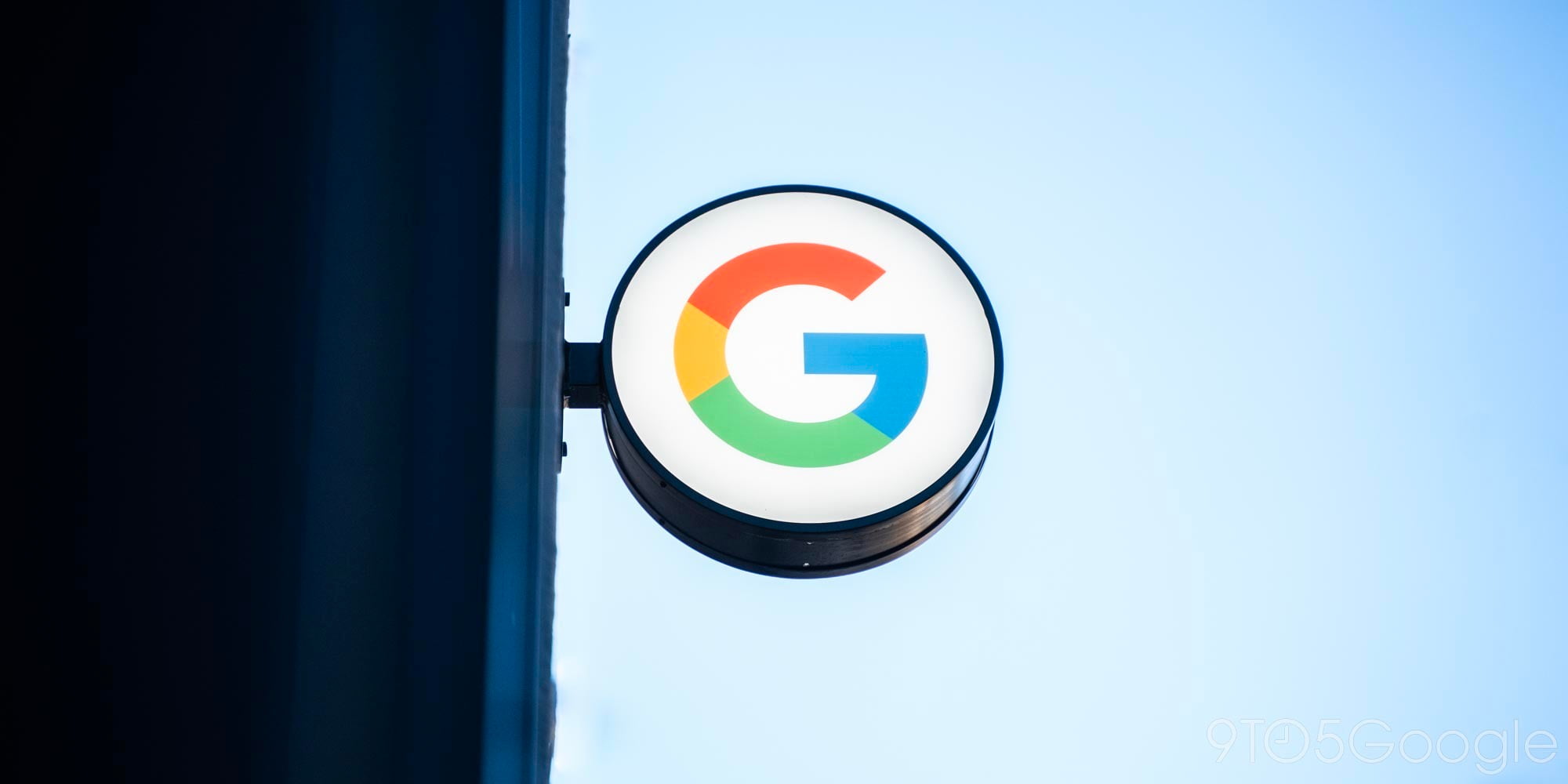Google halts Chrome OS 68 update after Wi-Fi issues on some Chromebooks

Chrome OS 68 arrived on the stable channel earlier this month with Display Size settings, new accessibility features, and more “Material 2.0” design tweaks. However, an issue with Wi-Fi on some Chromebooks has caused Google to temporarily pull the update.



